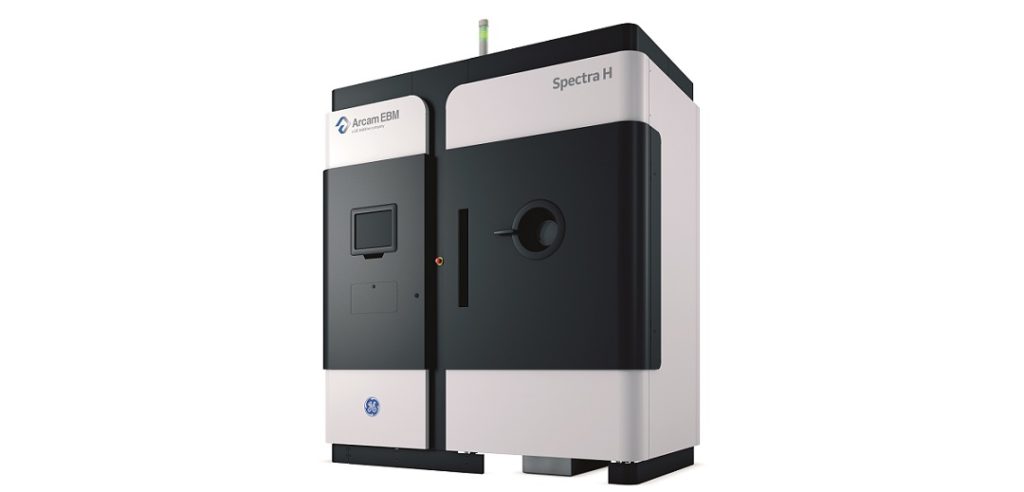DWS Systems addressing the needs of the industrial sector
DWS Systems wanted to address the needs of the industrial sector with the launch of the XPRO S. Priced at $132,000, the 3D printer was developed for those who need a large printing area and can produce realistic models, concept models, functional prototypes, and prototypes of consumer products.
With a printing platform of 300 x 300 x 300mm, XPRO S requires the use of materials such as ABS, polypropylene, rubber, and transparent materials; nano-ceramic resins; materials for investment casting models, silicone molding masters and many more. With low-running costs and zero planned maintenance cost, the printer is designed to operate 24 hours a day.
The new 3D printer will be commercially available in May 2018.

XYZprinting and its Stereolithography 3D Printer Powered by Nexa3D
XYZprinting and Nexa3D announced the extension of their partnership at CES2018, the idea being that XYZprinting will manufacture 3D printers for Nexa3D. Promise fulfilled. The MfgPro220 xPF 3D printer will be available for $19,950 from November 2018. With a build volume of 16 liters, the 3D printer is ideal for functional prototyping, production tooling, and manufacturing of end-use parts. It is equipped with cognitive software and integrated sensors that together optimize manufacturing part performance, provide detailed diagnostics, and offer continuous monitoring.
Arcam EBM Spectra H also intended for the industrial sector
Just as DWS Systems, GE Additive wanted to address the needs of the industrial with the launch of its new metal additive manufacturing system.
Available to pre-order, the delivery being expected for Q4, the Arcam EBM Spectra has an increased build speed up of to 50% and a 39% increased build volume (from 200x200x380mm to Ø250x430mm). Furthermore, the auto beam calibration technology integrated improves the position and focus accuracy and removes need for manual calibration, reducing the process from three to four hours to 15 minutes.

Moreover, the machine will require less dependency on operators and integrates other automation technologies: the power handling process has been automated, the machine set-up simplified and the closed powder handling maintains batch integrity and reduces the risk of contamination.
For further information about 3D Printing, follow us on our social networks and subscribe to our newsletter!
Would you like to be featured in the next issue of our digital magazine? Send us an email at contact@3dadept.com
//pagead2.googlesyndication.com/pagead/js/adsbygoogle.js
(adsbygoogle = window.adsbygoogle || []).push({});






